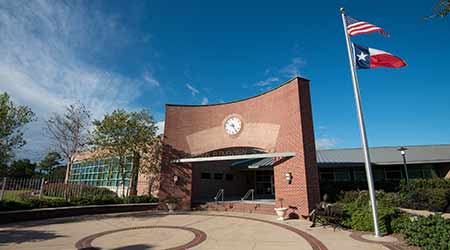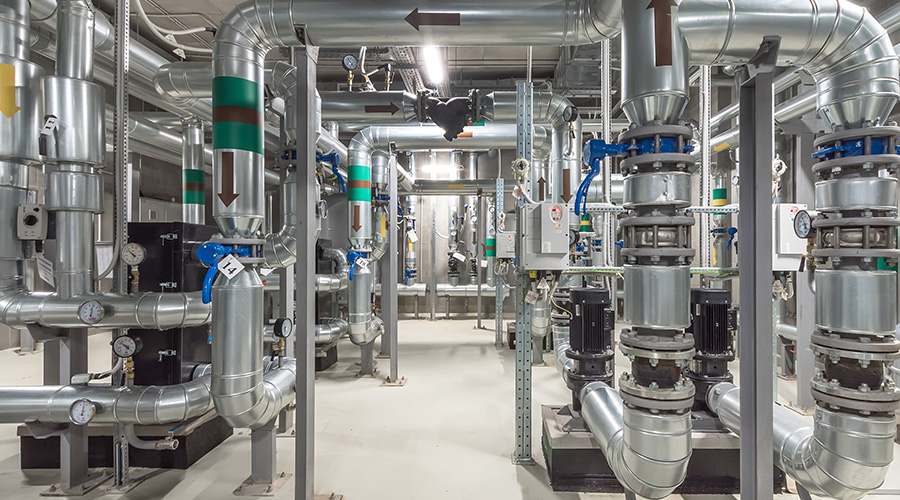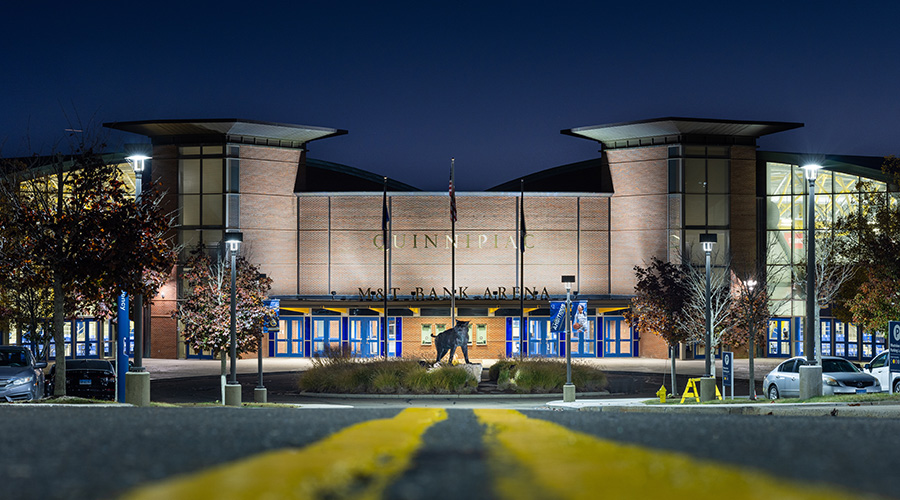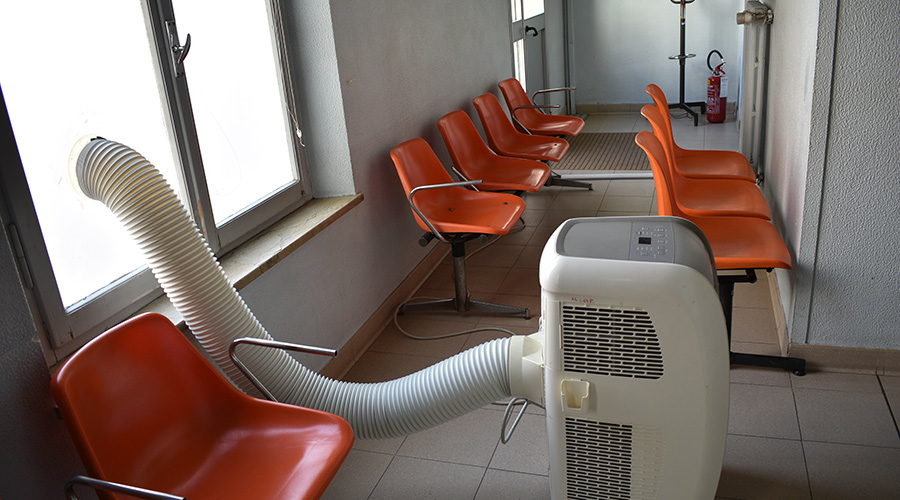HVAC Preventive Maintenance Program Rescues Houston School District
Part one of a 4-part article on the Houston Independent School District’s HVAC preventive maintenance program
The road to improved sustainability and improved energy efficiency in institutional and commercial facilities requires more than strong talk from maintenance and engineering managers. It also involves hard decisions and plenty of convincing to help upper management, occupants, and department staff see the benefits of the investments.
Maintenance and energy management at the Houston Independent School District, the seventh-largest school district in the country and the largest in Texas, are three years into a program of energy efficiency practices that established a preventive maintenance (PM) program for boilers and chillers and a year into streamlining their direct digital controls (DDC) program to better accommodate the district’s 300 buildings.
Managers say they are proud of the progress made in a relatively short time but are not resting on their laurels.
“When you’re trying to become more efficient, it’s not an overnight thing,” says Brian Busby, the district’s officer of facilities. “Our efforts are getting us to the top of the pack among school districts. But for actually utilizing full, sustainable practices? We still have a lot of work to do.”
Busby walked into a mess of a situation trying to efficiently maintain HVAC equipment four years ago.
“We were on a trend with no budget increases, and it caused me to think of how can we use the resources we have but at the same time do something that’s scalable and sustainable?” Busby says.
Maintenance of the district’s boilers and chillers received much of Busby’s initial focus. He inherited an HVAC staff that needed to constantly address issues such as leaky cooling towers, dirty coils and defective compressors that took many hours and millions of dollars to repair.
“We had a situation where we were finding ourselves replacing chillers and boiler (equipment) at a rate of about 10-12 million dollars a year,” says Busby. “There was just an overall PM piece that didn’t exist.”
HVAC technicians replaced filters regularly, but it was not enough. Determined to improve the situation, Busby and Al Hoskins, the general manager of facilities maintenance, developed a PM plan to help address the costly maintenance issue.
“If we just extended our PM from just filter changing, to more in-depth PM, it would eliminate 80 percent of what we had been replacing over a two-year period,” Busby says. “From there, it went from a thought to becoming a reality.”
The district’s 70 HVAC technicians work out of two different zones in the north and south sides of the sprawling city. District technicians are responsible for almost 300 buildings, which occupy 31 million square feet and house 215,000 students and almost 29,000 faculty and staff.
Technicians work first or second shift and perform chiller and boiler PM duties daily, monthly or yearly, depending on the task. In-house technicians perform most of the PM work.
“The PM crews lube the motors, bearings, adjust and replace belts, change filters, replace and repair exhaust fans on rooftops regularly, and also clean coils every six months,” Hoskins says.
“In the chiller and boiler annuals the oil filters are changed, oil is tested, refrigerant levels are checked and adjusted, coils are cleaned and operation is checked. During boiler annuals, the internal tubes are cleaned and all safety features are checked, burners cleaned, and air flow adjusted.”
Related Topics:















